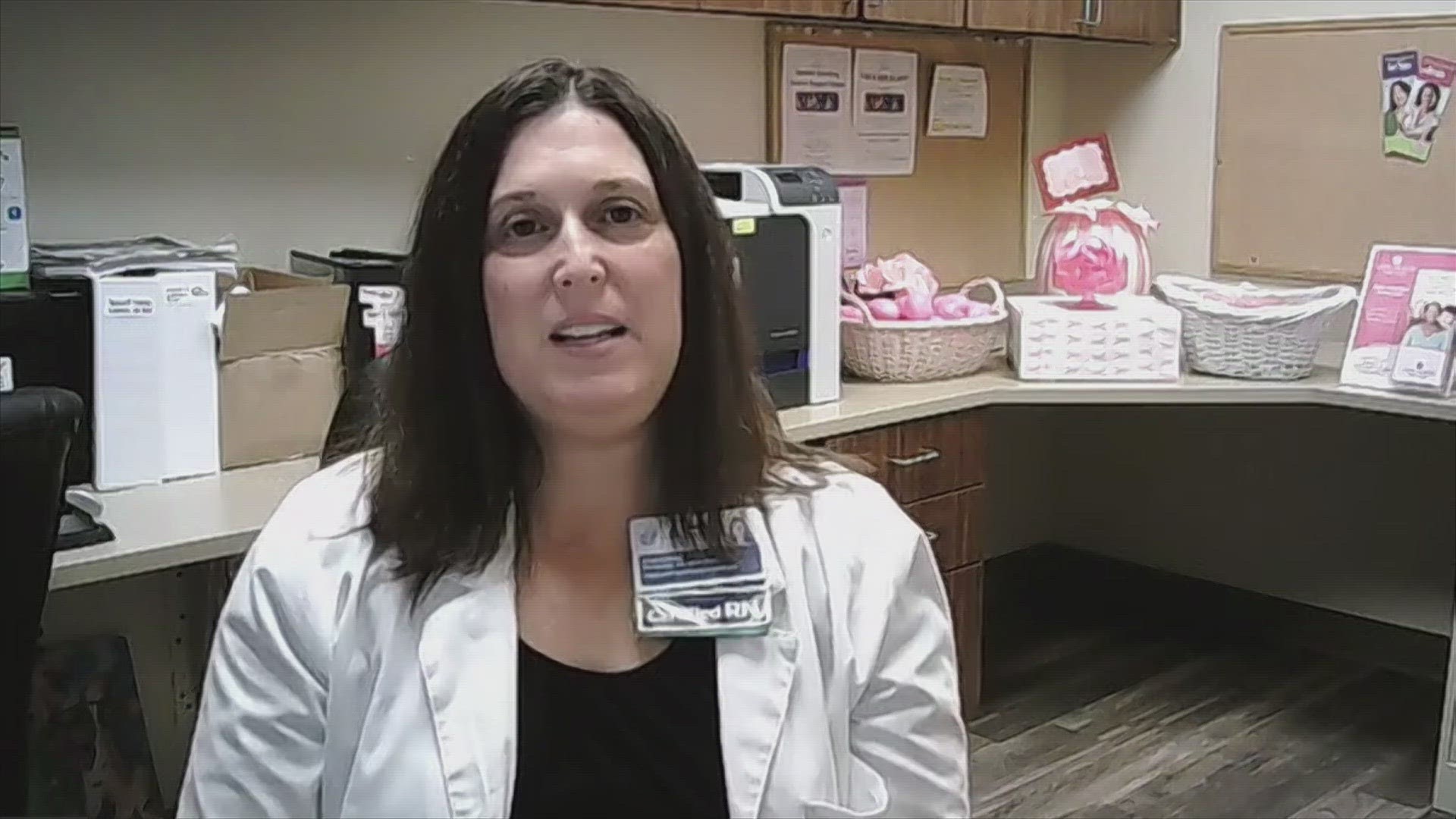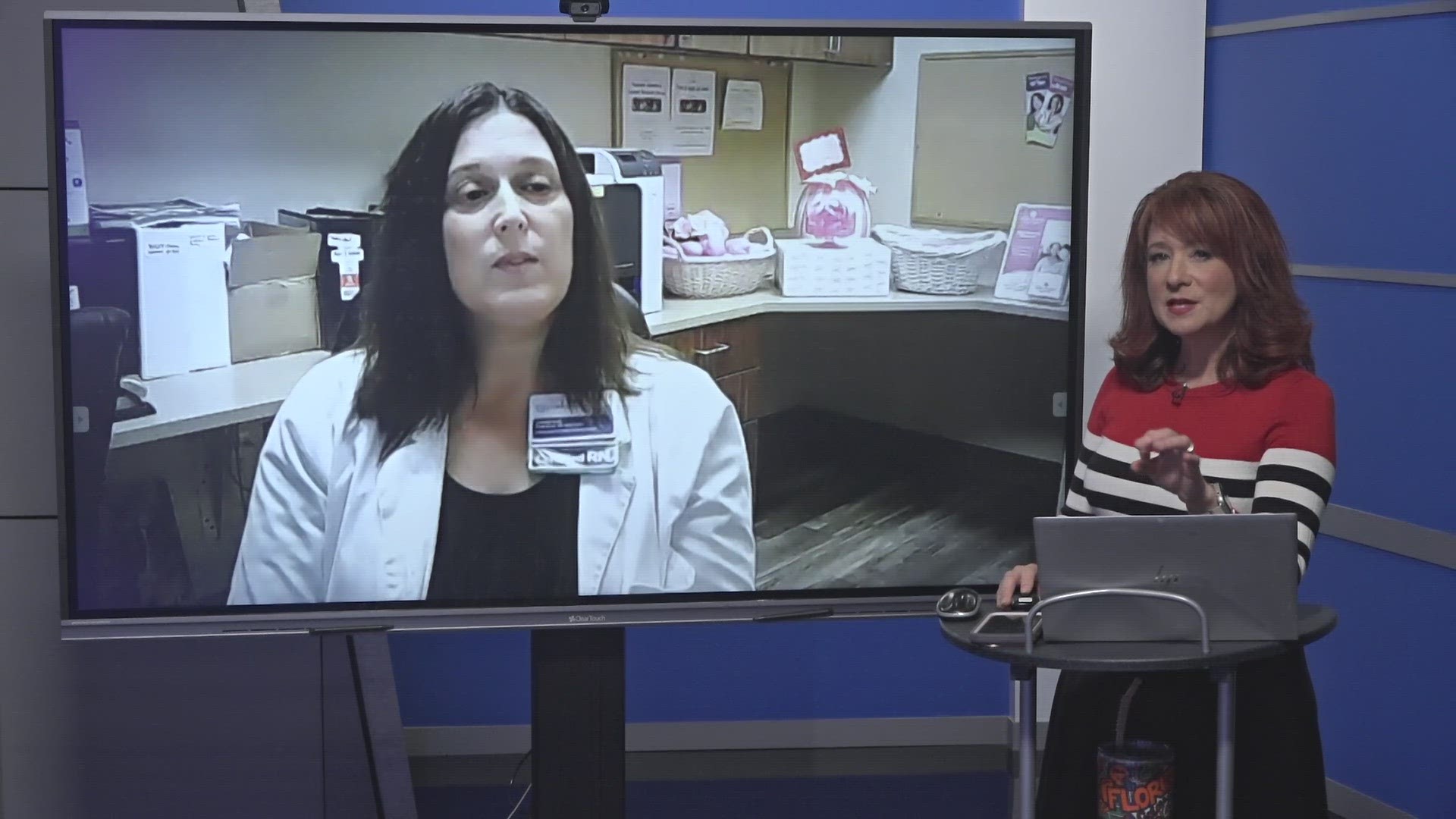GREENSBORO, N.C. — October is Breast Cancer Awareness Month. Chances are, you may know someone who has been impacted by the disease.
According to to American Cancer Society, breast cancer is the most common cancer among women in the United States. It's the second leading cause of death from cancer among women. Only lung cancer kills more women every year.
That's why it's important to regularly get screened for breast cancer and know your risk factors.
When should women start getting mammograms?
It is recommended that women age 40 and older talk to their doctor about starting mammograms and how often. Depending on your family history and genetics, your doctor may want to begin mammograms earlier than 40 years old.
How often should women get mammograms?
The American Cancer Society states women ages 40-44 should have the choice to begin mammograms every year. Women who are 45 to 54 years old should get a mammogram every year, and women 55 and older should switch to mammograms every two years or can continue yearly screening.
What if you're worried about the cost of a mammogram?
Cone Health has a Mammography Scholarship Fund to help qualifying women get screened. The fund covers one mammogram per year for women age 40 and older who meet certain criteria. A new application must be completed each year.
Women with significant symptoms like a breast lump may be eligible for more funding through the North Carolina Breast and Cervical Cancer Control Program.
You can donate to help finance a mammogram for someone who otherwise could not afford it.
More about breast cancer:
What are some symptoms of breast cancer?
Some warning signs of breast cancer are:
- New lump in the breast or armpit
- Thickening or swelling of the breast
- Irritation or dimpling of breast skin
- Redness of flaky skin in the nipple area
- Nipple discharge, other than breast milk, like blood
- Any change in the size or shape of the breast
- Pain in the breast
What are some risk factors for breast cancer?
Some unavoidable risk factors for breast cancer include:
- Getting older. Breast cancer risk increases with age. The CDC says most breast cancers are diagnosed after age 50.
- Genetics. Women who have genes such as BRCA1 and BRCA2 are at higher risk of breast and ovarian cancer.
- Having dense breasts. Dense breasts have more connective tissue than fatty tissue, which can sometimes make it hard to see tumors on a mammogram.
- Previously having breast cancer. Women who have had the disease before are more likely to get breast cancer a second time.
- Family history. A woman's risk is higher if she has a mother, sister, or daughter, or multiple family members on either her mother's or father's side of the family who have had breast cancer.
More Cone Health Resources


